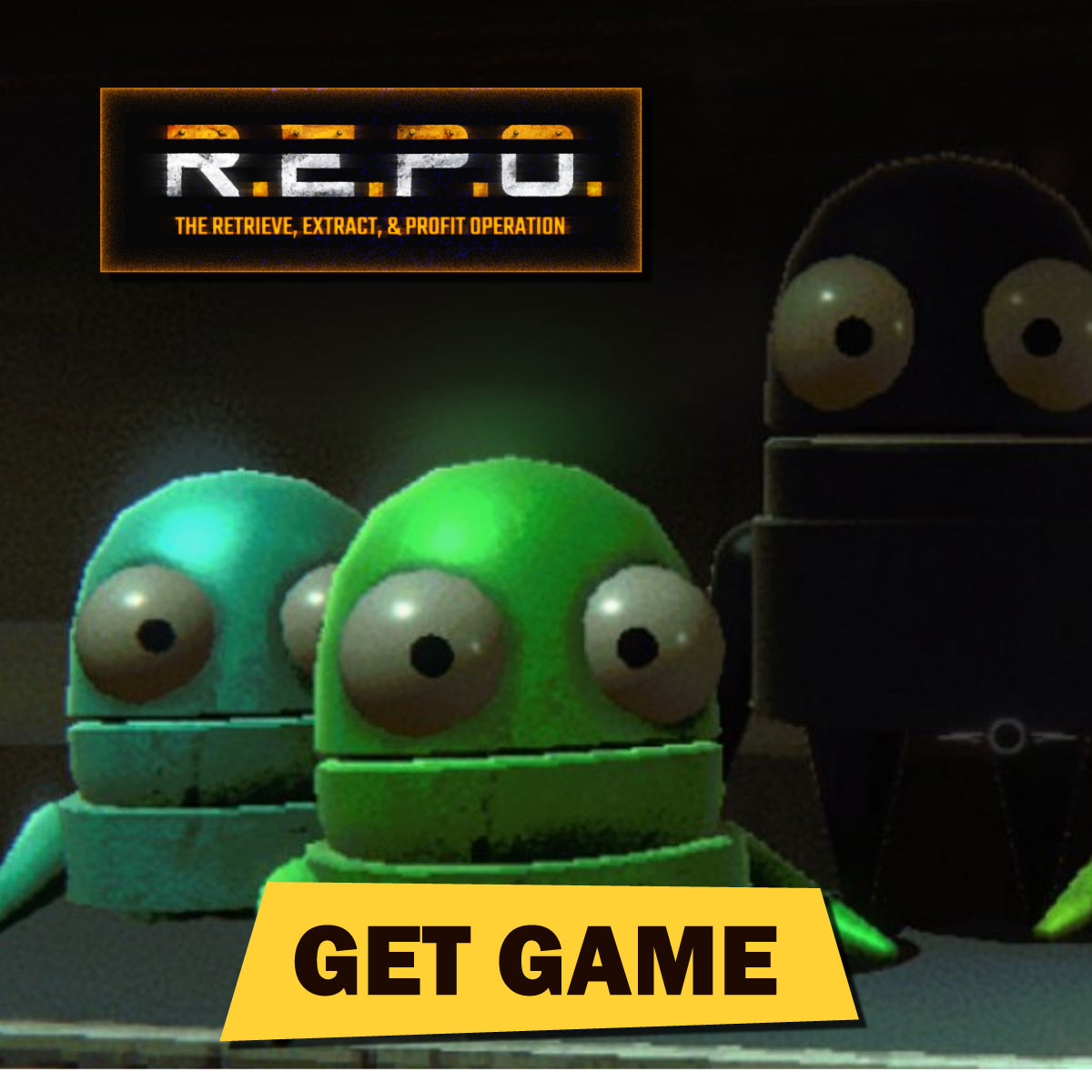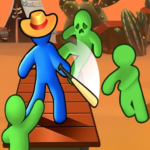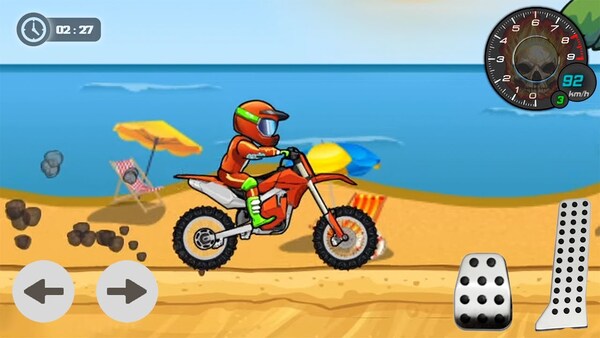R.E.P.O., short for Retrieve, Extract, and Profit Operation, is a co-op survival horror game that blends intense team-based gameplay with physics-driven item handling. Developed by Semiwork, this indie title launched in early access in 2025 and quickly garnered praise for its unique mechanics and escalating tension. Players must enter dangerous facilities, collect valuable objects, and escape alive while avoiding unpredictable monsters. With chaotic environments, strategic gameplay, and hilarious unpredictability, R.E.P.O. stands out in a crowded genre.
This article explores R.E.P.O.’s development, gameplay loop, cooperative features, enemies, upgrades, visuals, and more—culminating in a full pros/cons breakdown and expert rating.
1. From Announcement to Early Access Launch
Development and Hype
R.E.P.O. was first introduced to the public with an intriguing reveal that emphasized chaos, teamwork, and eerie suspense. The acronym—Retrieve, Extract, and Profit Operation—immediately sparked interest due to its clarity and tone. Developed by the small studio Semiwork, the game's trailer went viral among fans of co-op horror games.
Early Access Debut
R.E.P.O. entered early access with four maps, 19 enemy types, and a focus on emergent gameplay. It quickly amassed hundreds of thousands of players, climbing into top sales charts and earning a remarkably positive reception. Critics and streamers alike praised the blend of panic, humor, and collaboration that R.E.P.O. offers.
2. Core Gameplay: Retrieve, Extract, Profit
Physics-Driven Item Collection
The core gameplay loop revolves around retrieving valuable artifacts from procedurally generated facilities. Items range from fragile ceramics to unwieldy furniture, requiring careful physical manipulation to avoid damage. Players must grab and carry these items in real time, often bumping into walls or triggering alarms.
Extraction Phase
Once enough loot is gathered—or time starts running low—players must race to extraction points. Leaving early ensures survival, but greedy teams risk losing everything if they stay too long. This risk-versus-reward tension is central to R.E.P.O.’s addictive gameplay.
3. Procedural Generation and Replayability
Randomized Levels
No two missions are the same. Each level is procedurally generated with unique room layouts, lighting conditions, item placements, and monster behaviors. This ensures high replay value and keeps even experienced players on edge.
Environmental Hazards
From collapsing floors to flickering lights and sudden noises, the game environment is full of dangers that affect movement and strategy. Players must adapt quickly to survive.
4. Cooperative Chaos: Up to Six Players
Role Distribution
With up to six players per session, R.E.P.O. demands collaboration. Some players act as scouts, others carry items, and some may serve as bait or distraction. Heavier objects often require two or more people to carry effectively.
Communication Tools
Voice chat with positional audio adds realism. Whispering near a teammate may keep enemies at bay, while shouting across the room could draw a creature’s attention.
5. Monster Mechanics and AI Behavior
Diverse Threats
There are currently 19 types of enemies, ranging from slow stalkers to aggressive pack hunters. Each responds differently to light, sound, and player proximity. This forces players to switch tactics based on what creatures they encounter.
Escalating Danger
The longer the team stays in a level, the more active and aggressive enemies become. This mechanic encourages quick decision-making and increases pressure during extractions.
6. Upgrades and Meta Progression
Surplus Currency
Successful runs earn players “Surplus,” an in-game currency used to buy upgrades. Players can invest in tools, flashlights, noise makers, grappling gear, and more.
Persistent Progress
Even failed missions often yield small Surplus gains, allowing for slow but steady progression. This balances the game’s punishing nature with long-term rewards.
7. Audio-Visual Design
Gritty Visuals
R.E.P.O. features a grounded visual style, mixing industrial realism with moody lighting. The environments feel oppressive, cluttered, and claustrophobic—perfect for horror.
Immersive Audio
Sound plays a major role in tension. Floorboard creaks, metal clangs, distant growls, and teammates' panic-filled breathing all build suspense. Audio cues are essential for tracking enemies and navigating in the dark.
8. Community Engagement and Roadmap
Active Player Base
Since launch, R.E.P.O. has built a passionate player community. Its replayable gameplay and streamable chaos have made it a staple on social media and video platforms.
Developer Responsiveness
The development team frequently communicates with players, providing hotfixes, roadmap updates, and community polls. Future content promises new maps, enemy types, customization options, and deeper story elements.
9. Final Verdict and Rating
R.E.P.O. manages to blend the hilarity of ragdoll physics with the tension of survival horror in a way few games attempt. Its procedural level design, creative item handling, and escalating danger make each run memorable. While it’s still in early access and has some rough edges, the potential is enormous.
Players who enjoy games like Lethal Company or Phasmophobia will find R.E.P.O. a thrilling and fresh co-op experience. And with continued developer support, it could become a modern cult classic.
Conclusion
R.E.P.O. delivers a refreshing take on co-op horror with its physics-based gameplay and escalating threats. The game's title says it all: Retrieve, Extract, and Profit—or perish trying. Whether you play with close friends or jump in with random teammates, every mission promises laughter, panic, and teamwork under pressure.
For fans of chaotic multiplayer experiences and tense strategy, R.E.P.O. is a must-try—especially as it continues to evolve in early access.































